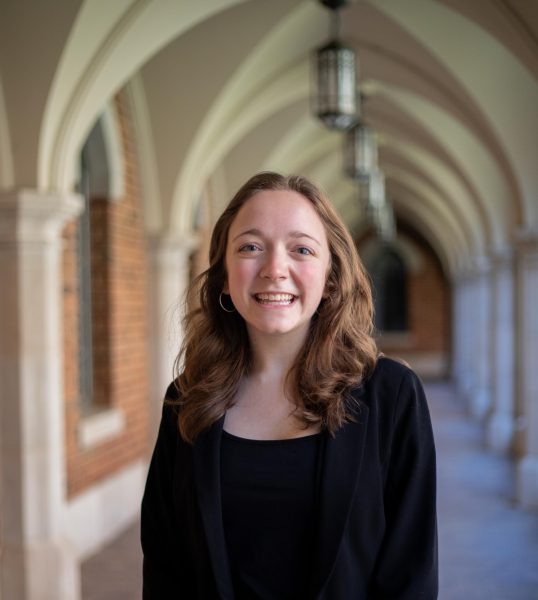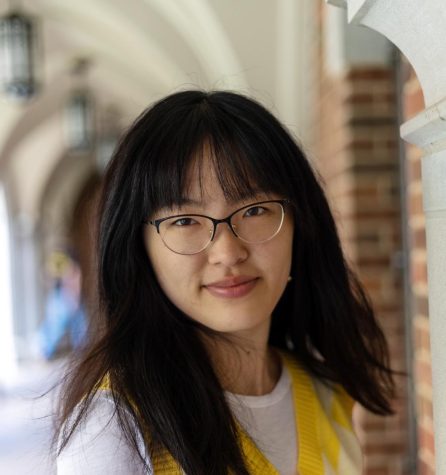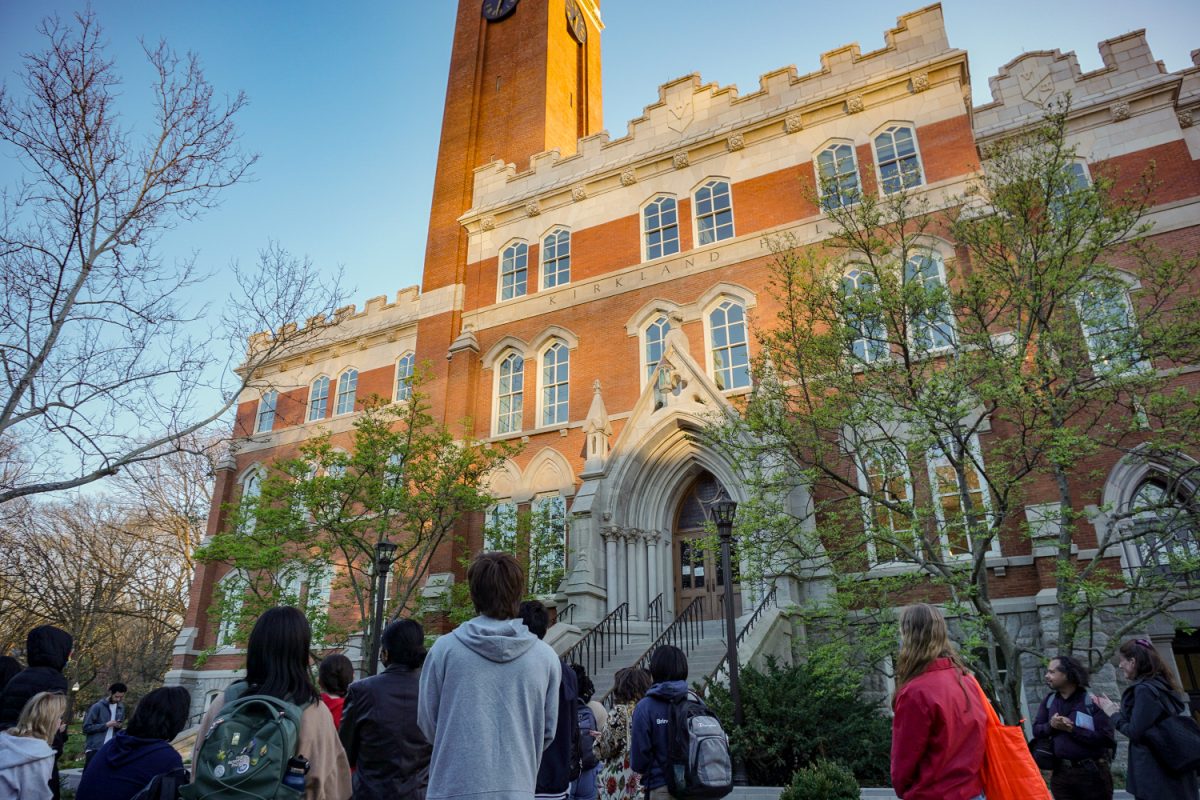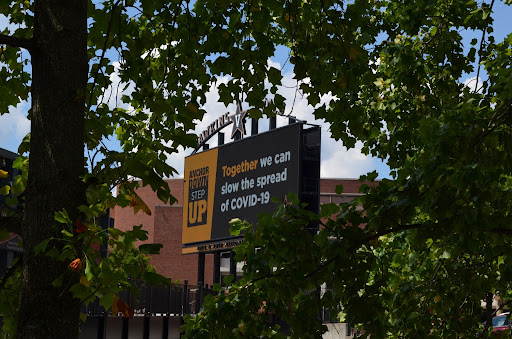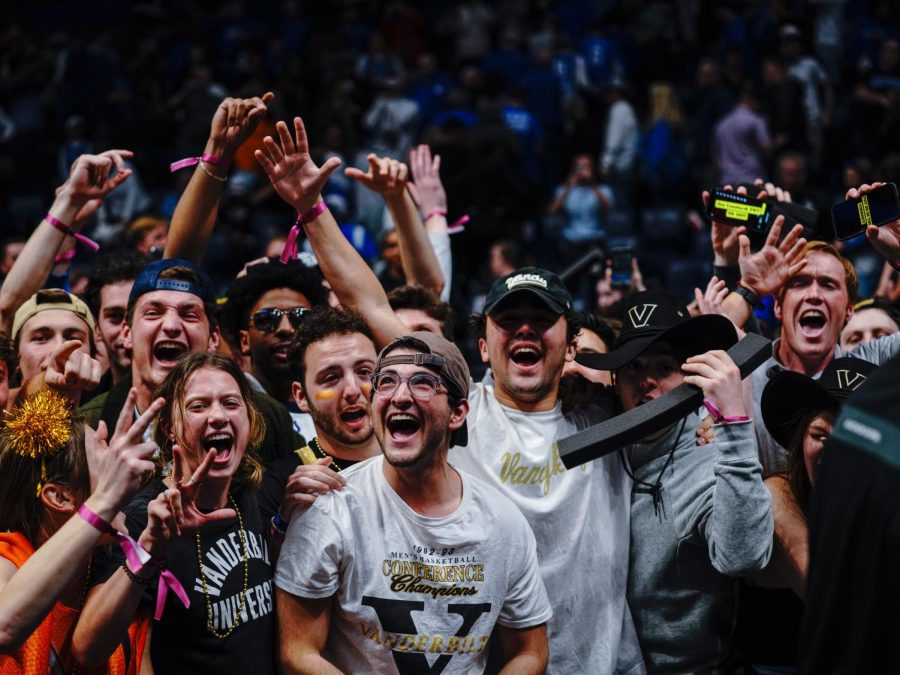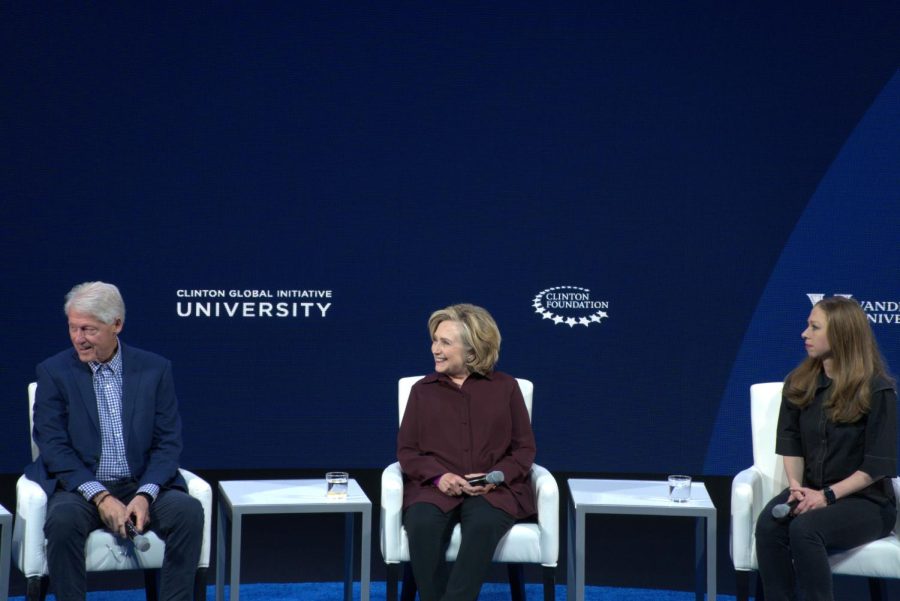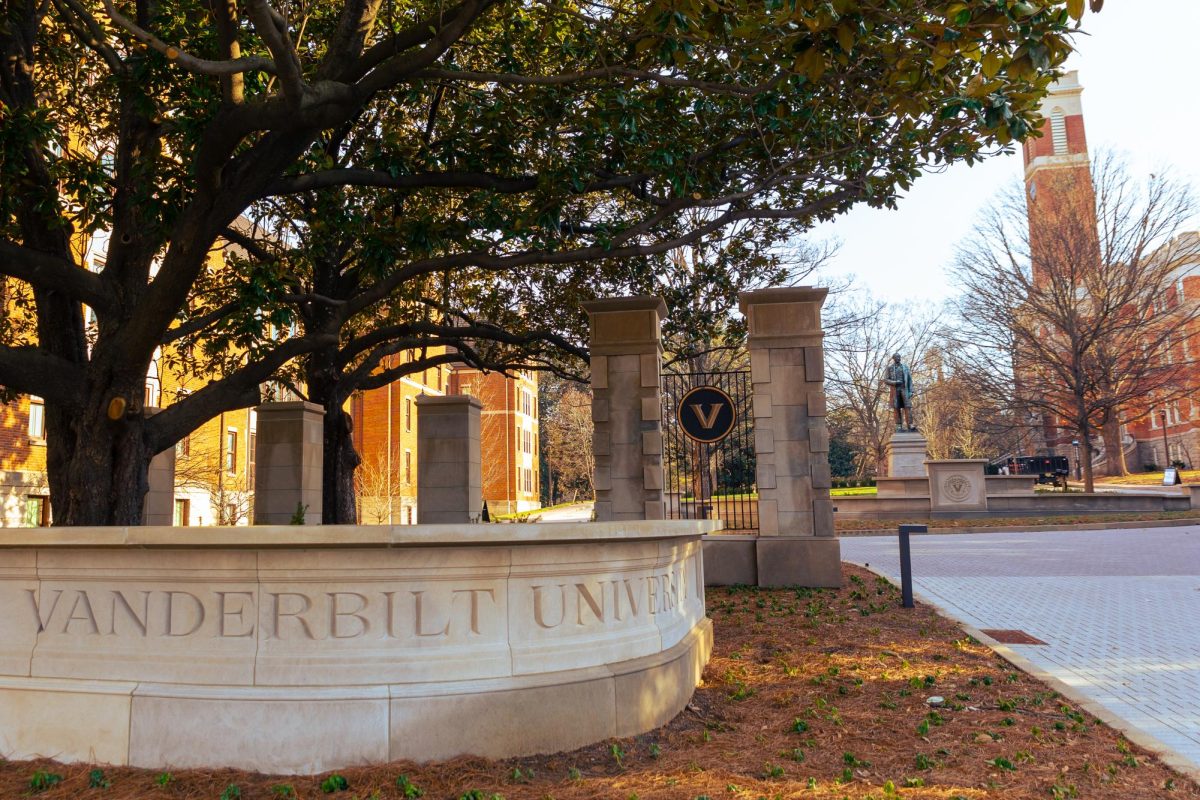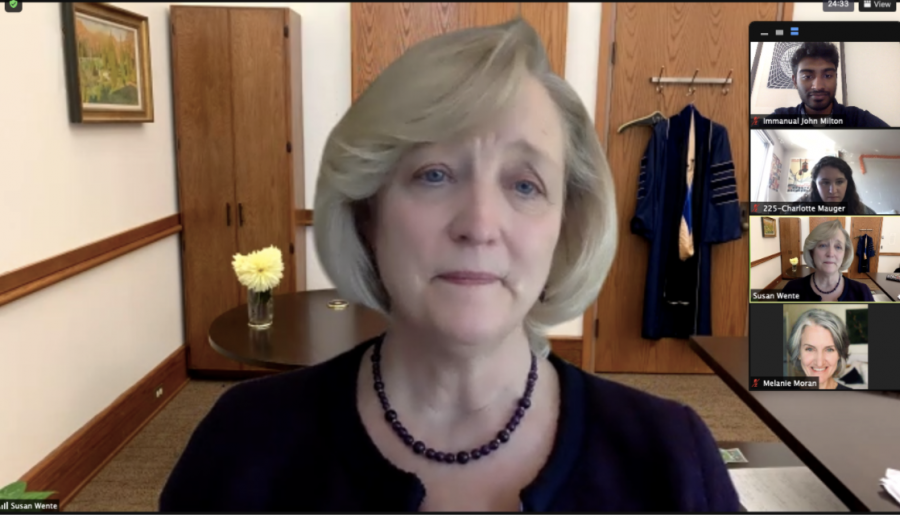The university began celebrations for its 150th anniversary on March 24 and 25. These events took place across both days and included the Sesquicentennial Ceremony, campus tours, musical performances and a Community Party on Alumni Lawn.
During the Community Party, members of the Dores Worker Solidarity Network distributed flyers to attendees titled “150 Years of Exploitation.” The other side of the flyer contained QR codes linking to more information about the organization’s concerns and another to join the movement.
Sesquicentennial events
Provost and Vice Chancellor for Academic Affairs C. Cybele Raver began the Sesquicentennial Ceremony on Friday with remarks about the anniversary’s value in regards to the university’s development. She cited Discovery Vanderbilt, CGI U and partnerships with local Nashville institutions as ways the university has expanded its reach.
“Today’s celebration offers us the chance to create our shared vision for the future,” Raver said. “We come together to lift up the vision of Vanderbilt as an engine of discovery and positive change in our world.”
Chancellor Daniel Diermeier closed the ceremony by describing Vanderbilt’s history from its founding in 1873 to today.
“Today, Vanderbilt University is more multifaceted, more accomplished and more renowned than our founders dreamed,” Diermeier said. “The great university of the South is now one of the greatest universities of America, and it is poised to become one of the great universities of the world and of this century.”
Diermeier also discussed future challenges the university will face, speaking about the rapid development of machine learning and AI technologies. He praised Vanderbilt’s faculty, research infrastructure, and “burgeoning innovation ecosystem” as solutions to these potential obstacles.
“Colleges and universities face a barrage of challenges: declining enrollment, questions of affordability and access, globalization and more,” Diermeier said. “Of all the factors in play, none is more prominent in our mind than the ascent of digital technology as the dominant force shaping our lives.”
The sesquicentennial celebration also included historical and arboretum tours around campus led by University Archivist Kathy Smith and Vanderbilt Landscape Architect James Moore, respectively. Additionally, a 150th Birthday Celebration Concert honoring composer Sergei Rachmaninoff was hosted by the Blair School of Music.
On March 24, historian and professor of political science Jon Meacham and Distinguished Research Professor Jad Abumrad hosted “Songs of America” — a conversation about important music in American history at the Country Music Hall of Fame and Museum. This event included musical performances by Emmylou Harris and Rodney Crowell.
Meacham explained the history behind iconic American songs and discussed the ways in which music can influence the common values of a nation like the U.S.
“It’s not just that [these songs] remind us of what we love but to some extent they teach us what to love,” Meacham said.
On March 25, Raver led the unveiling of six new portraits in the E. Bronson Ingram College Great Room honoring Rev. Beverly Asbury, Susan Gray, Russell G. Hamilton, Janie Greenwood Harris, Tommie Morton-Young and Susan R. Wente as part of the Vanderbilt Trailblazers initiative to recognize members of the Vanderbilt community who have worked to advance inclusion. Later that day, the university hosted a Community Party consisting of food trucks, music, and games for the Vanderbilt community on Alumni Lawn.
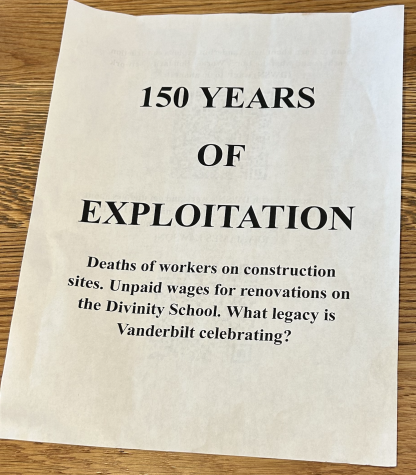
Protest
At the Community Party, DWSN members held up signs with the statement “dare to grow at the expense of worker’s lives,” in reference to the university’s slogan “dare to grow.” One video shows protestors surrounding Diermeier as he takes pictures with attendees.
A representative of DWSN, Connor Warmuth (‘22), said the group was proud of the disruption.
“DWSN felt it was necessary to clear the air on what the university was celebrating; the highlighted 300 million dollars in future developments will continue to follow in the status quo of the previous 150 years of exploitation at Vanderbilt — on the backs of exploited workers,” Warmuth said in a message to The Hustler.
Warmuth added that, through the protest, DWSN hoped to highlight issues with working conditions for local construction workers.
“Nashville construction workers are facing the most dangerous conditions in the South. Because Vanderbilt actively participates in the power dynamics that foster construction worker exploitation, it is more important than ever to hold Vanderbilt accountable,” Warmuth said.
The university did not immediately respond to The Hustler’s request for comment on these claims.
Launched in February 2023, the DWSN is an unregistered student-led coalition of 20 advocacy and cultural groups that aims to acknowledge and improve construction practices on campus and in the Nashville area. The group similarly protested at CGI U by handing out flyers to attendees.
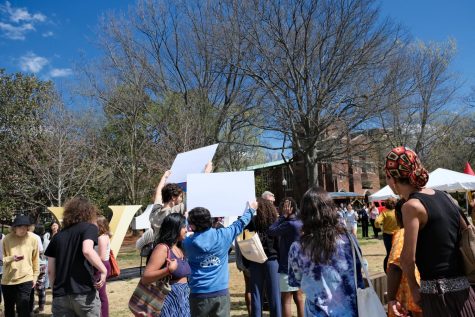
“We will not stop until Vanderbilt takes responsibility. We demand that Vanderbilt acts with transparency and provides all data on injuries and deaths in the last four years. Secondly, we wanted to promote our nonviolent protest training in late April including the civil rights leader and expelled Vanderbilt student James Lawson,” Warmuth said.
Sophomore Caroline Davis, who attended the Community Party, said she witnessed the protest and thought it brought awareness to an important issue.
“I think this was a great execution for gaining awareness on the exploitation here at Vanderbilt,” Davis said. “I hope that the administration can work to be more open and honest about these events and what actions they’ve planned to take to prevent future tragedies like this from happening.”



